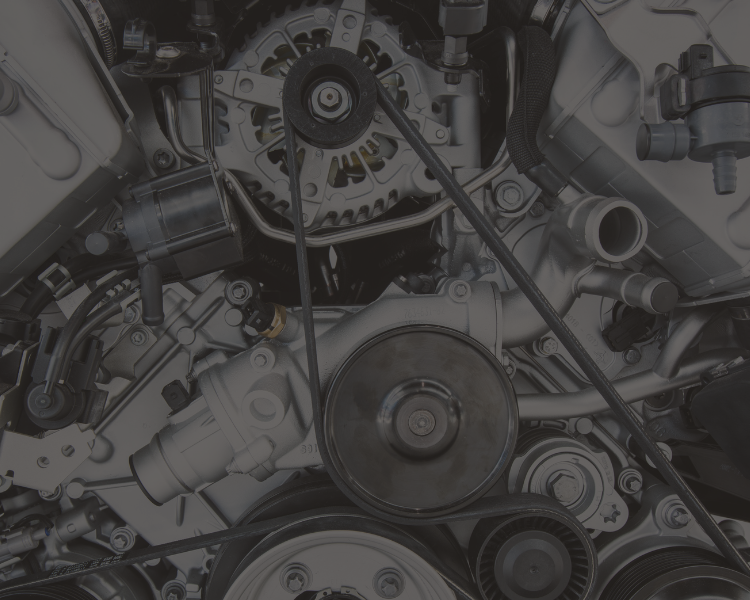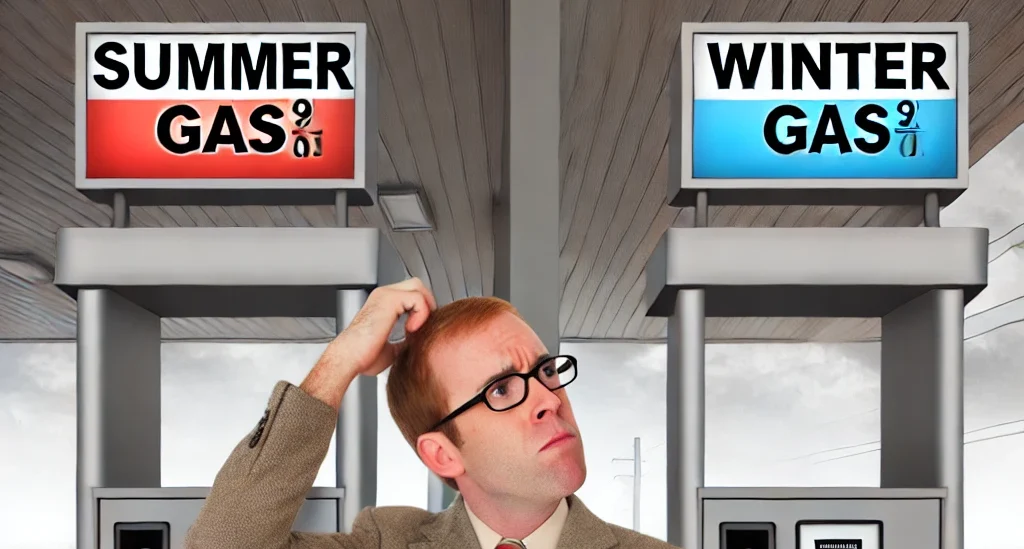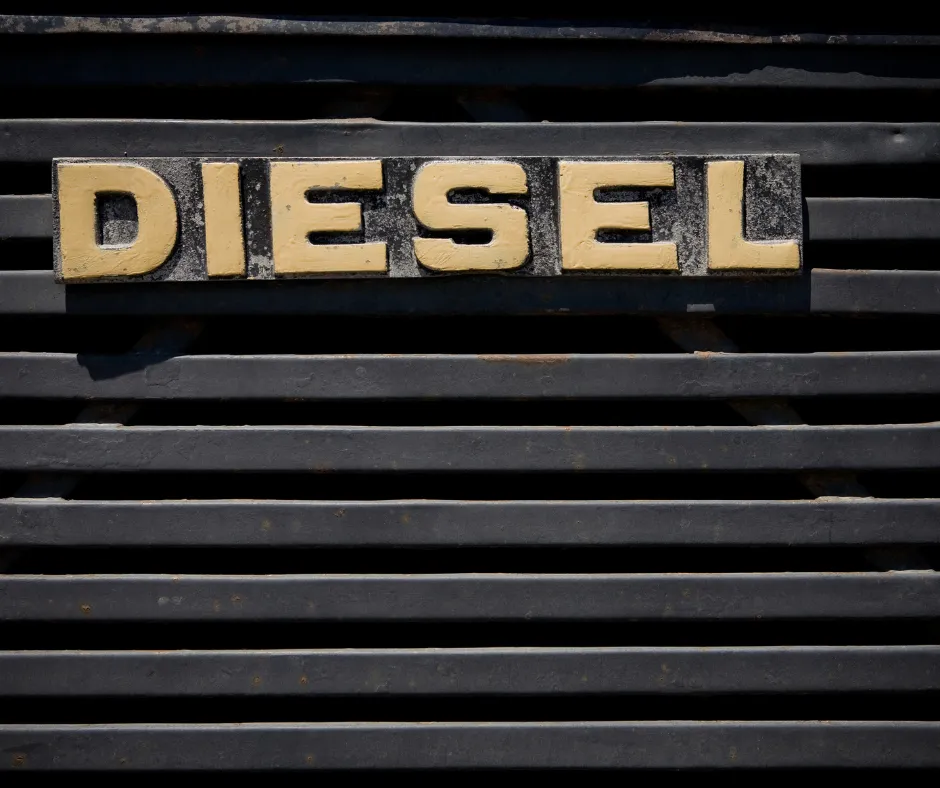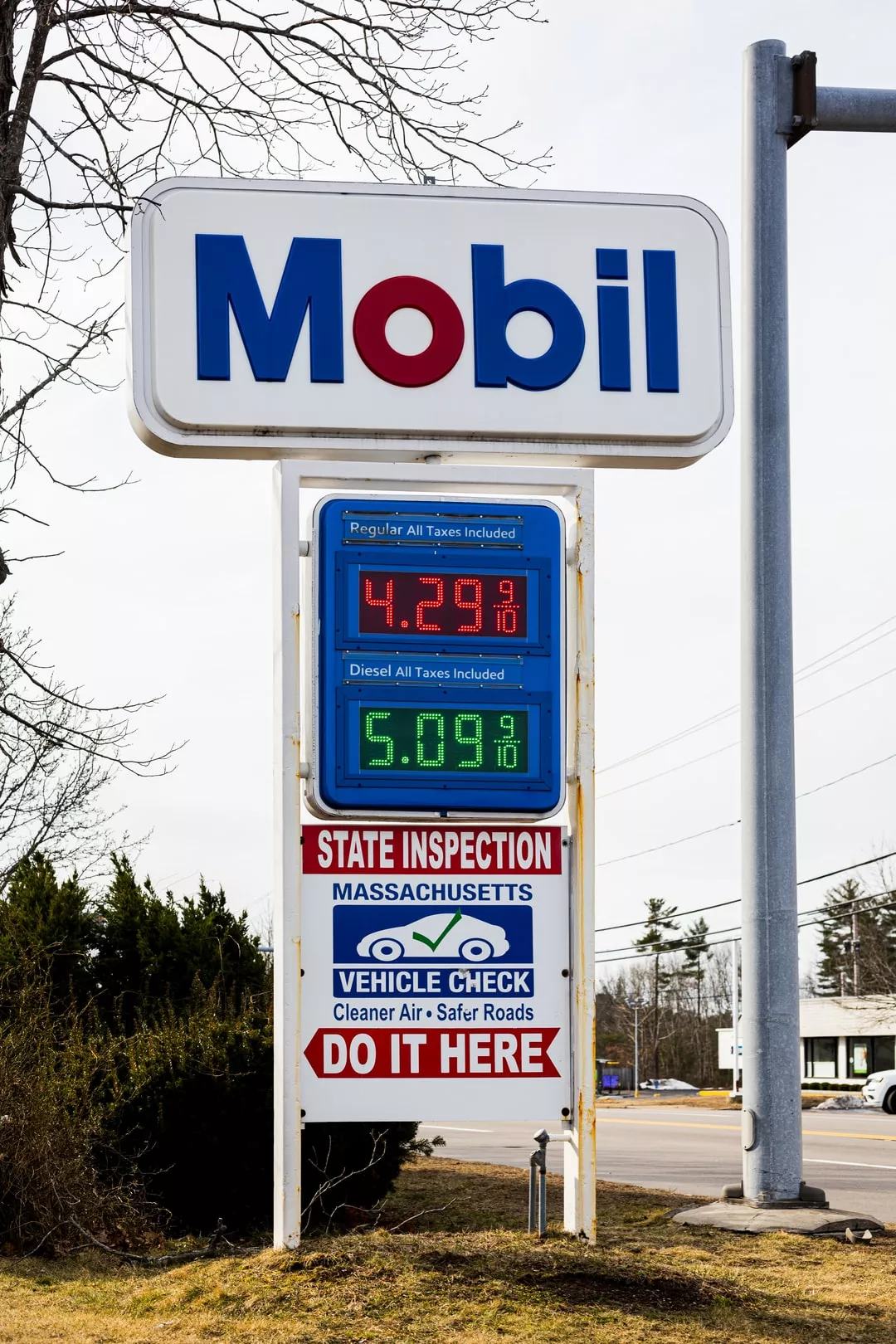Rislone DPF Clean: Our Best Diesel DPF Cleaner Ever
Introduction
This post will explain exactly how a diesel exhaust system works, what a diesel particulate filter (DPF) is, what it does, how it functions, and why they tend to malfunction/fail in real-world driving conditions. If you’ve arrived here looking for the best DPF cleaner, we can help.
It will also explain how our new product, Rislone DPF Clean™ – Diesel DPF, Exhaust & Emissions System Cleaner (hereafter called simply DPF Clean) is the best DPF cleaner that can help you repair and provide effective and targeted cleaning to solve common problems with your diesel particulate filter, common DPF-related check engine lights (which appear as a yellow or orange warning light), and similar issues.
For those not wanting to read a long essay about the finer details of how a DPF cleaner works in diesel engines and instead just want to know how to find the Rislone DPF Clean product, click here.
If you, however, are wanting to understand how a diesel particulate filter works, what it does, why we believe we have the best DPF cleaner available anywhere, read on. If you want a one-stop shop to learn everything you need to know about diesel exhaust and emissions systems, you’ve found it.
Product Featured in this Article: Rislone DPF Clean, One of the Best DPF Cleaners Available Anywhere
Rislone DPF Clean – Diesel DPF, Exhaust & Emissions System Cleaner is a result of 2+ years of DPF cleaner research, development, and testing. We’ve tested it against the competition in our lab, and we’re confident saying that it’s the most potent diesel DPF cleaner on the market. If you’re searching for one of the best DPF cleaners out there that does far more than conventional cleaners, read on.
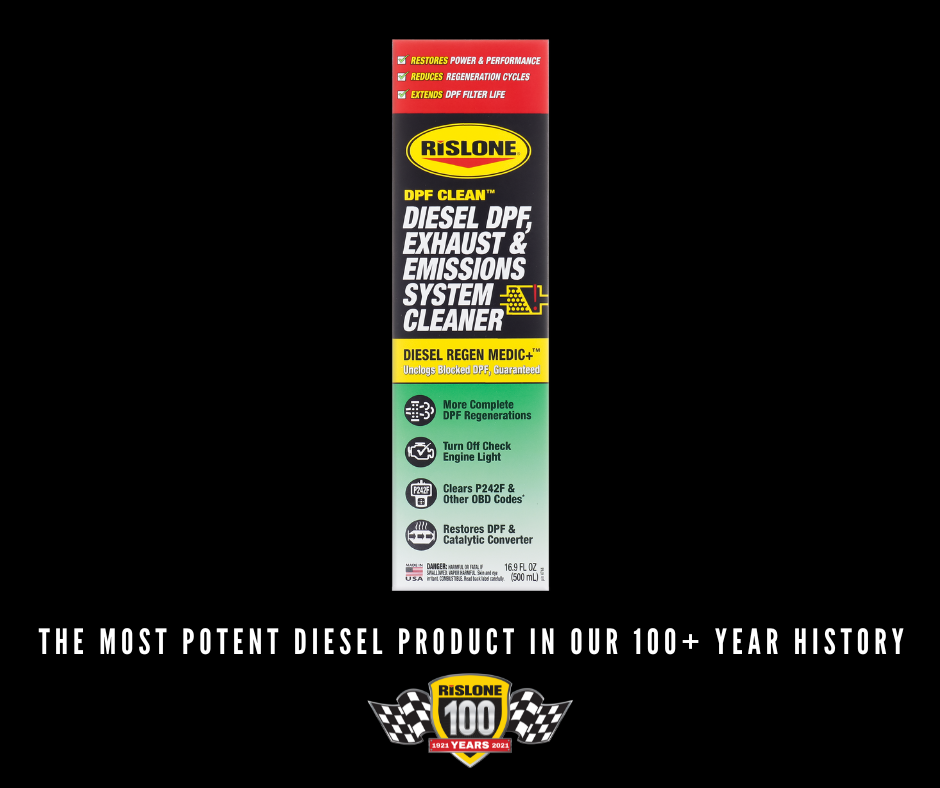
Use case
If the DPF filter catalytic converter is dirty or bad, it is possible that something else in your vehicle created or accelerated this condition. DPF Clean Diesel DPF, Exhaust & Emissions System Cleaner not only helps with what may be causing the light to come on, but also the system that initiated the problem.
Driving with a CEL or DPF light warning can cause increased emissions, poor fuel mileage, reduced power, further engine damage beyond the original problem, and could eventually lead the vehicle stopping to function. Sometimes the clog or damage is so severe that cleaning will not help (from such things as using contaminated DEF fluid, the wrong engine oil, or bad fuel).
Another example is if a sensor is not dirty, but internally damaged. Your best chance for cleaning a dirty DPF or catalytic converter is within the first few weeks of the light or warning coming on, but this product can also work on a vehicle that has had the light on for months.
If using to clear a check engine light (CEL) or malfunction indicator light (MIL), the light may stay on for a period of time once the issue has been solved. For some vehicles it can take a few start/stop cycles for it to clear, others you may need to disconnect the battery for 15 minutes and leave the door open, then reconnect.
Other benefits/features:
-
Heavy duty DPF cleaner works in all modern diesels: trucks, SUVs and passenger car diesel applications.
-
Increases power, engine performance, mileage and reduces fuel consumption by not only cleaning the entire emissions & exhaust system, but the fuel system too. Works with all diesel fuels including ULSD, biodiesel and off-road diesel.
-
Regular use of DPF Clean as a DPF cleaner every 5,000 miles tunes-up the fuel, emissions and exhaust system and prevents excessive exhaust regeneration and the CEL light from returning.
-
Our DPF cleaner will not void manufacturer’s new vehicle warranty. Specifically designed and safe to use on vehicles which have DOC catalytic converters, DPF particulate filters, SCR (selective catalytic reduction) devices, or DEF systems.
-
Active DPF regeneration accelerator/DPF regenerator/cleaning fuel catalyst.
-
Excellent for vehicles driven regularly at low speeds and short durations (“light load” driving).
-
Used regularly, Rislone DPF Clean will significantly reduce reliance on frequent highway driving to accelerate regeneration.
-
Lowers ignition temperature inside DPF to burn soot and particulate matter, ideal for infrequent highway regeneration intervals.
-
Proven effective in all diesel fuels and biodiesel fuels.
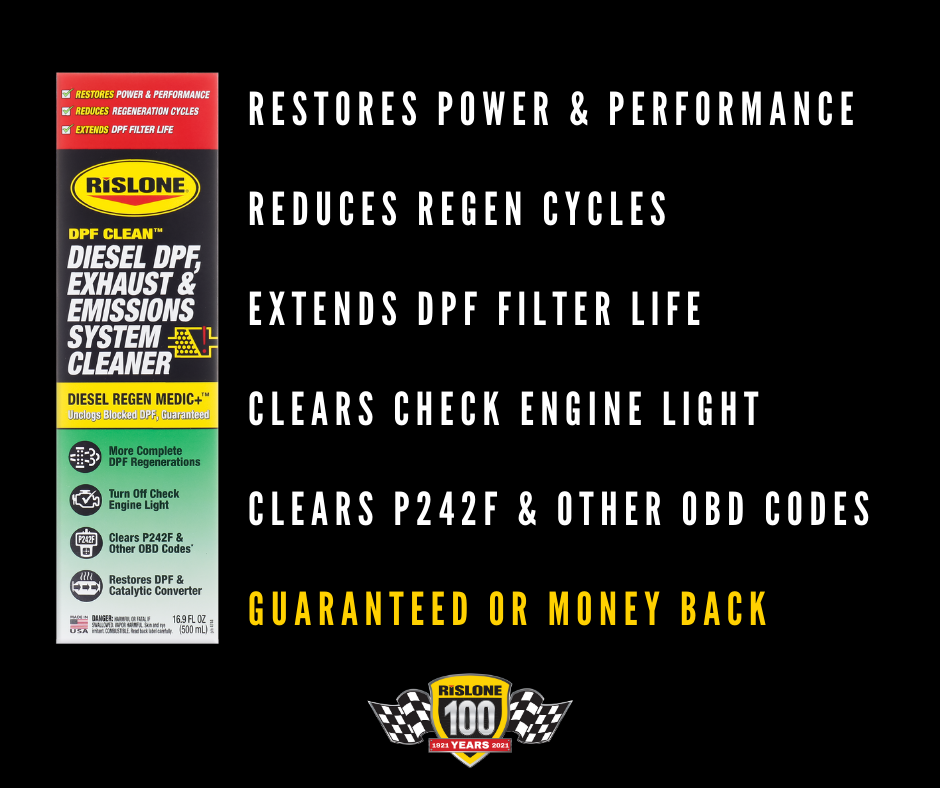
Compatibility
Rislone DPF Clean works with all:
-
ULSD (Ultra Low Sulfur Diesel)
-
Regular Diesel – Off-road for USA
-
Biodiesel Blends B2, B5, B20
-
DI (Direct Injected)
-
Common Rail (another name for DI)
-
IDI (Indirect Injected)
-
TDI (Turbo Direct Injected)
-
Turbocharged Engines
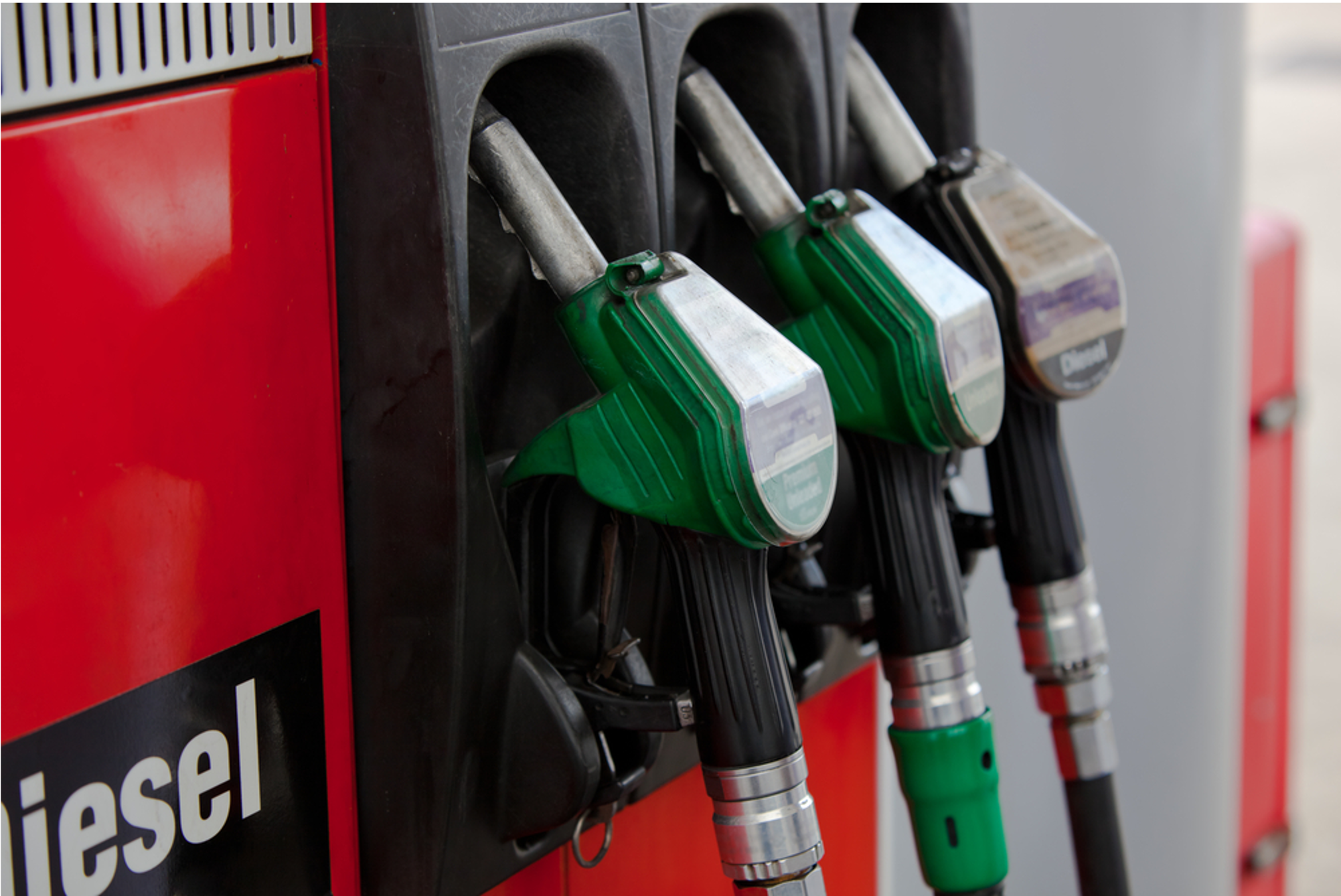
Major diesel brand compatibility
-
BlueTEC®- Mercedes
-
Cummins® Ram (Dodge)
-
Duramax® Chevy/GMC
-
EcoDiesel® Ram (Dodge)
-
Navistar® International/Ford
-
PowerStroke® Ford
-
TDI® Clean Diesel VW/Audi
-
and many more
The Diesel Emissions System
Still with us? Good. Let’s dive into the technical aspects of the particulate filter and other components of the exhaust system. Below are the main questions we get asked by customers about a diesel engine.
Q: What are the various parts which may be included in a diesel emissions system?
A diesel engine can have four main parts. Exhaust gas recirculation (EGR), diesel particulate filter (DPF), diesel oxidation catalyst (DOC, sometimes also called catalytic converter), and selective catalytic reduction (SCR).
What is a diesel oxidation catalyst (DOC)?
The easiest explanation is that this is very similar to a catalytic converter on a gasoline vehicle.
With the help of a ceramic substrate coated in metal catalysts that are heated by exhaust gases, carbon monoxide is reduced to water and carbon. With the help of catalyzed chemical reactions, volatile hydrocarbons are broken into less harmful substances, reducing the amount of dangerous gases exiting the exhaust.
Some older engines had only a catalytic converter, and with diesel modern cars and trucks this is part of the larger emissions system including the diesel particulate filter, commonly referred to as a DPF.
What is exhaust gas recirculation (EGR)?
Exhaust gas recirculation systems are used to reduce the formation of nitrogen oxides (NOx) by lowering the combustion temperature and reducing the amount of oxygen entering the cylinder.
For diesel engines there are two types: lower pressure and higher pressure. For either type the concept is the same with taking some of the exhaust gas, cooling these gases and reintroducing them into the intake manifold.
What is selective catalytic reduction (SCR)?
The selective catalytic reduction device uses an ammonia-based catalyst (urea or DEF fluid) to break down nitrogen oxide (NOx) into nitrogen and oxygen. When working properly this system can reduce NOx emissions 75 to 90 percent. SCR also helps reduce a small amount of hydrocarbon emissions.
What is a diesel particulate filter (DPF)?
A diesel particulate filter (DPF), is an exhaust aftertreatment device (part of the exhaust system) that treats exhaust gasses and traps harmful carbon particulate matter such as soot and ash.
Typically, a DPF system first has a catalyst that oxidizes the air before entering the filter portion which uses a substrate made of a microporous ceramic material that is formed into a honeycomb structure with around 200 cells per inch. As exhaust air is forced through these cells, they catch particles larger than 5 microns. The much cleaner exhaust gasses then exit this device to pass through the rest of the exhaust.
In order to reduce emissions including black smoke from a diesel vehicle, diesel particulate filters capture and store exhaust soot, which eventually causes increased back pressure. A sensor measures this increased pressure and signals the control computer that a regeneration cycle is needed.
The regeneration process burns off excess soot caught in the filter by increasing the exhaust temperature including injecting raw diesel fuel into the DPF. The large amount of soot is turned into a much smaller amount of ash.
Even though most of the soot found in diesel fuel can be 100% burned off, some of the additives in motor oil and wear metals inside the engine cannot and are left behind.
When working properly, a DPF will reduce particulate and soot emissions by 80%. This prevents the black smoke clouds you commonly see emitted from older diesel cars and trucks.
The entire exhaust path looks like this:
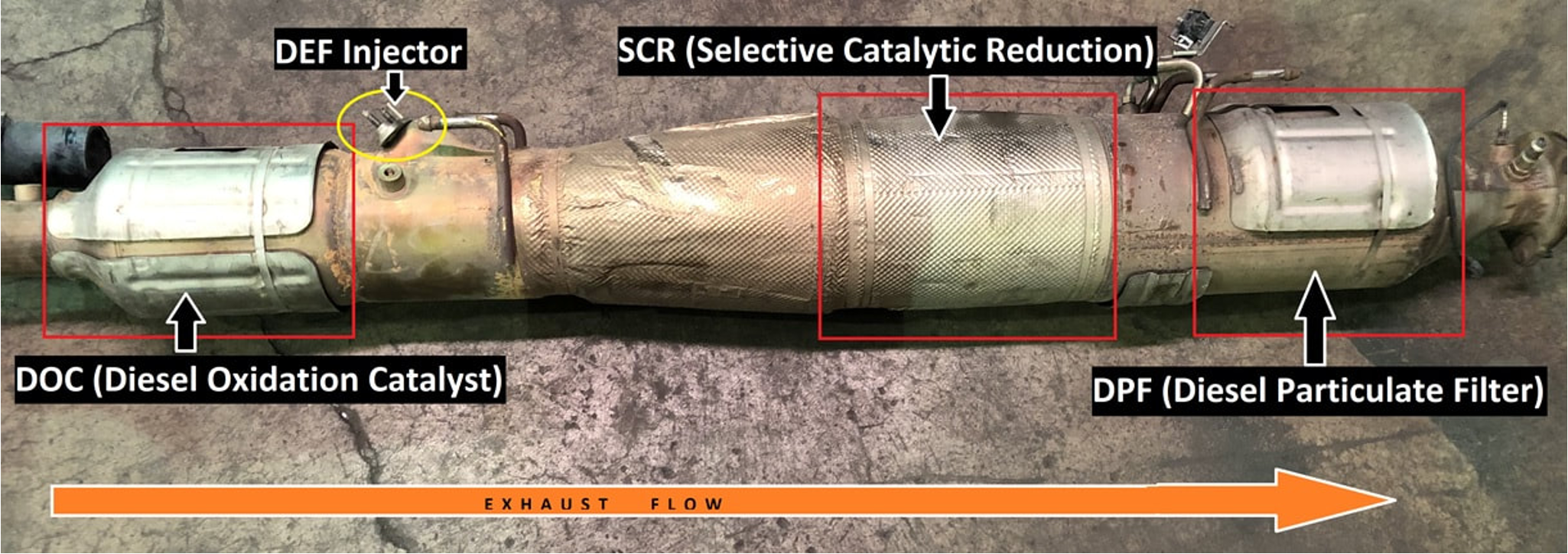
A Deeper Dive Into the DPF Filter
Before any discussion can be had of the “best DPF cleaner,” it’s important to have a full understanding of the details of DPF filters in newer cars and trucks, what causes them to become clogged, and what the symptoms of a blocked DPF look like. If you’re going to make a product for DPF systems, you need a deep understanding of how they work.
So let’s get right to it.
Why do newer diesel vehicles have diesel particulate filters?
Simply put, because engine and vehicle manufacturers had to develop new ways to meet stringent new regulations.
For the USA, the environmental protection agency (EPA) implemented new rules covering 2007 model year on-road vehicles that required more emissions control devices to meet these standards.
In Europe, the Euro 5 emissions made it standard equipment in 2009 cars. The DPF is only one part of the catalytic exhaust emissions system on a diesel vehicle. This also coincided with the diesel fuel requirement change to ultra low sulfur diesel (ULSD) because these systems can be damaged by sulfur.
What causes a DPF filter to become clogged?
Blocked diesel particulate filters can be caused by short trips, stop & go driving, and just slow driving around town. Vehicles operating at low speeds are unable to meet the requirements for the filter to clean itself.
DPFs may fail sooner if they are not well maintained. Additionally, filter blockage can be caused by the use of the wrong type of oil, performance modifications, using low-quality fuel or even running the vehicle frequently on a low fuel level.
What are the symptoms of a blocked DPF filter?
So how can you tell if your DPF filter is blocked?
Typically, when the filter becomes clogged or an error occurs in the system, an orange warning light will appear on your dashboard. When this happens, you know your filter is most likely blocked, and a regeneration process may be required.
If the vehicle continues to be driven with this condition, the increased back pressure can also reduce engine performance, increase fuel consumption and cause oil contamination.
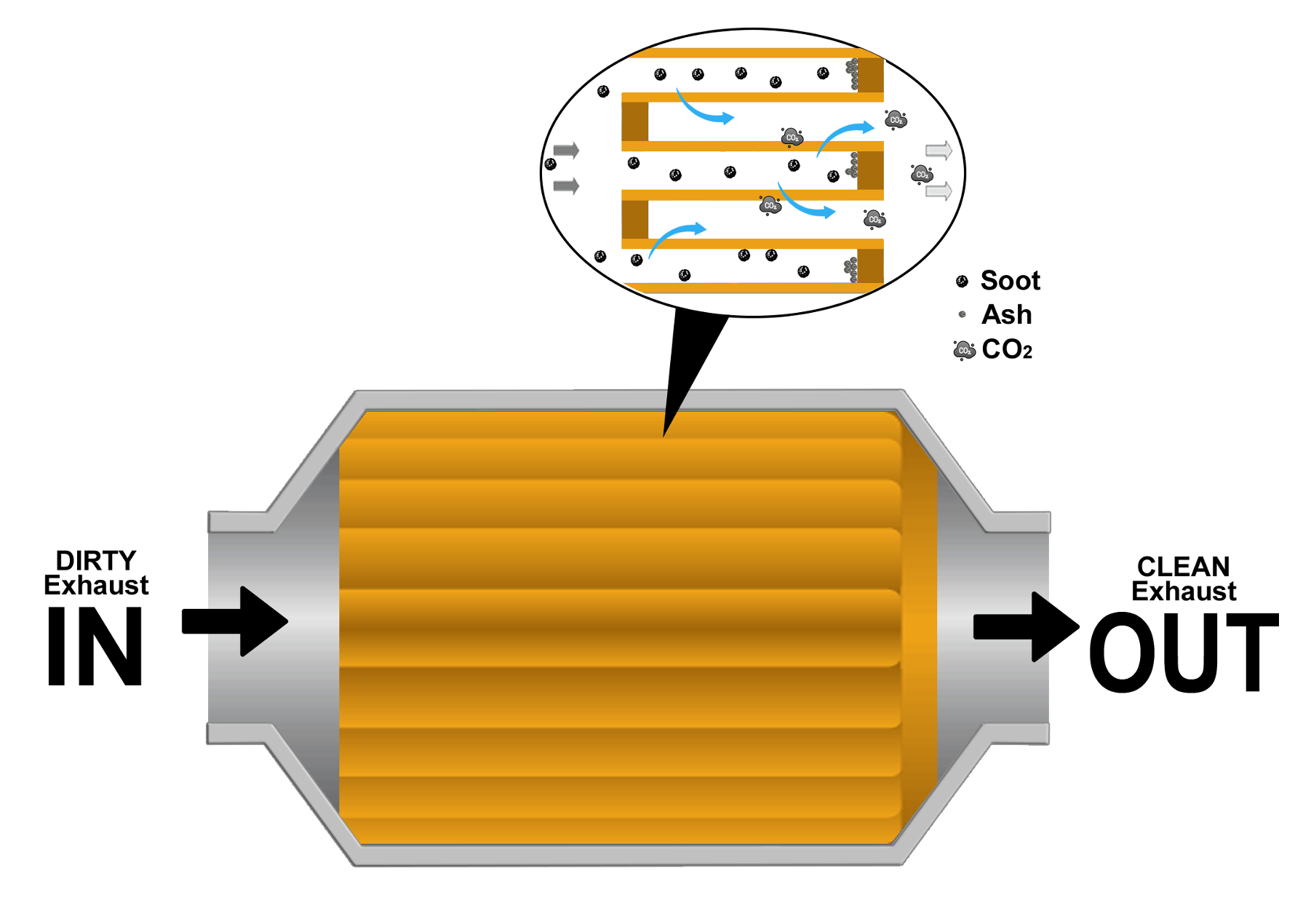
What can be done to prevent early DPF replacement?
-
Make sure the correct oil is being used for the particular diesel engine, and that proper maintenance is performed including oil changes.
-
If the vehicle is normally only driven short distances, the driving routine should be changed to include longer highway driving.
-
Make sure the fuel level is kept above ¼ level as many vehicles will not perform a regeneration cycle with a low fuel level.
-
Using a diesel fuel additive specifically designed to clean or aid in the cleaning of the DPF filter (such as Rislone DPF Clean). [link to website]
How much does it cost to replace a DPF filter?
For automotive and light/medium truck applications, a DPF filter assembly can cost $3,000 to $7,000; for heavy duty trucks, $10,000 or more. For larger heavy-duty vehicles, many of them can be removed and cleaned with as special procedure if not damaged.
What is regeneration?
Regeneration, also shortened to just regen, cleans out the soot particles by converting them to carbon dioxide. This carbon dioxide can pass through the DPF, and leaves behind a much smaller amount of ash.
What are the types of regeneration modes?
Depending who you ask, there are two or three types of regeneration modes. Passive regeneration, active regeneration and forced regeneration (though in a way forced is a version of active). We explain these types of DPF regeneration below.
Passive regeneration process
Passive DPF regeneration takes place automatically as part of normal engine operation. It mainly occurs at highway speeds when the vehicle is at normal operating temperature.
This passive type of diesel DPF regen will not happen in a vehicle only driven short trips, or with stop & go driving. In most cases, the driver does not even realize this is happening.
Exhaust gasses from the engine first pass through the diesel oxidation catalyst (DOC), then go through the diesel particulate filter (DPF), which traps the soot particles. Passive regeneration happens when the exhaust gasses are hot enough to bring the DPF to operating temperature.
At this point soot and carbon particles are combined with oxygen to form carbon dioxide. This carbon dioxide gas can pass through the DPF and it leaves behind a small amount of residual ash.
Active regeneration process
When the vehicle’s control computer sees that the DPF is above a certain soot level (around 45%), and if certain driving parameters are met, it will initiate an active regeneration.
In this, raw diesel fuel is injected into the DPF. The fuel being sprayed over the catalyst oxides greatly increases the temperature to a point that soot can be burned off into carbon dioxide.
The exhaust gas temp can reach 1500°F (800°C), but the system has been designed to handle this high temperature. This process is automatic, and the driver will notice an orange light or dashboard notification telling them that it is happening.
They also may notice a slight increase in fuel usage and also a reduction in power.
The vehicle does need to maintain a certain speed/engine RPM during this cycle, and it will usually last 5 to 30 minutes depending on how dirty the DPF is.
Forced regeneration process
Some diesel vehicles can be easily put into forced regeneration mode; for others it is a little more difficult. Forced regeneration is usually used when operating conditions do not allow passive or active regeneration to do their job.
It is important to follow the manufacturer’s recommended procedure for your vehicle, including watching where the exhaust tailpipe is pointing and that is it not by any combustible material or anything else that could be damaged by the extremely high heat emitted from the tailpipes.
Let’s Talk About DEF Fluid
DEF (Diesel Exhaust Fluid) is a water-based urea blend designed specifically for diesel vehicles. DEF fluid is stored in a separate tank from the diesel fuel and they cannot be mixed together without causing severe damage to the vehicle.
What is urea?
Urea is a chemical compound with a formula of H2NCONH2. Urea has uses in fertilizer, the manufacture of plastics and drugs, and is used as a component of DEF fluid for diesel vehicles. It is made from liquid ammonia and liquid carbon dioxide.
Why do diesel vehicles need DEF fluid?
Government regulations have required cleaner-burning engines and much reduced exhaust emissions (here, emissions means carbon dioxide emissions, soot emissions and fine dust emissions).
DEF fluid is injected into the diesel exhaust as part of the SCR system and breaks down the NOx into nitrogen and oxygen, further reducing exhaust system emissions. This is just one part of the system to meet government EPA requirements.
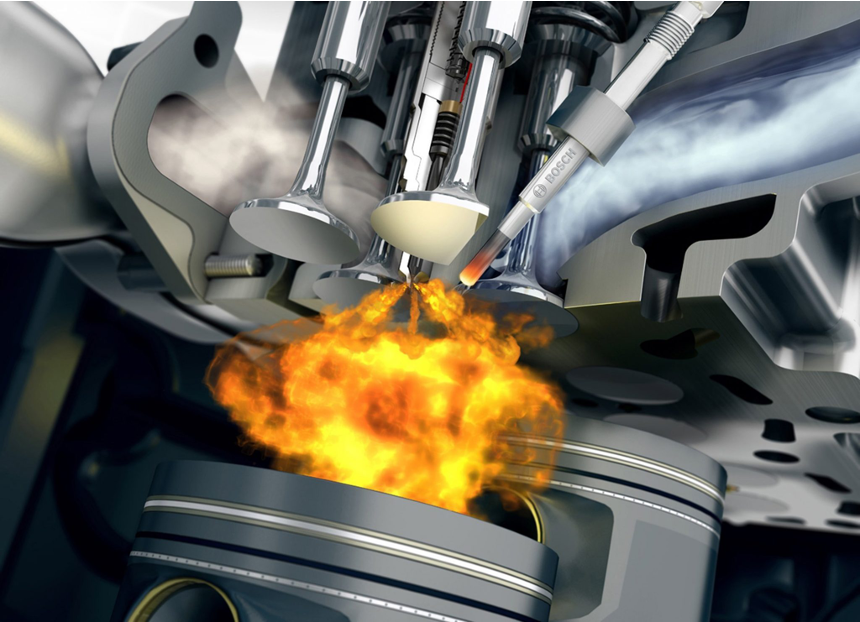
The P242F Code: One of the Most Common Diesel OBD Fault Codes
What does code P242F mean?
When a vehicle goes into active regeneration, the PCM (Powertrain Control Module, aka “engine computer”) takes the calculation of what it thinks the soot content is of the DPF, and after the regeneration it has an estimated amount it thinks should been reduced and converted into ash.
This is measured by the exhaust pressure sensor, also called differential pressure sensor that on most vehicles compares the pressure difference between the inlet and outlet of the DPF filter, before and after the regeneration. If the exhaust back pressure does not decrease the amount that is expected, the check engine light will turn on and OBD-II code P242F will be stored.
What are the common causes for code P242F?
-
Inefficient diesel DPF regen
-
Low speed/around town driving
-
Driving with low levels in fuel tank – many diesel vehicles will not go into active regeneration if the fuel tank level is below ¼ full.
-
Faulty sensor like EGT (Exhaust Gas Temperature), IAT (Inlet Air Temperature), MAF (Mass Airflow), bad PCM or damaged wiring.
-
Using the wrong engine oil – newer diesel-specific HDEO (heavy duty engine oil) is designed to reduce the amount of soot emissions & ash in the exhaust stream.
-
Using wrong diesel fuel – running off-road diesel with high sulfur levels.
-
DPF end-of-life/DPF full of ash
What are symptoms for code P242F?
-
Check engine light on or service engine soon warning light with code P242F stored in memory.
-
Loss of power/poor performance.
-
Increased fuel consumption/reduced fuel economy.
-
High engine and exhaust temperatures.
As a summary, here is a sample diesel exhaust system based off a model year 2015 6.7L V8 Ford F-250:
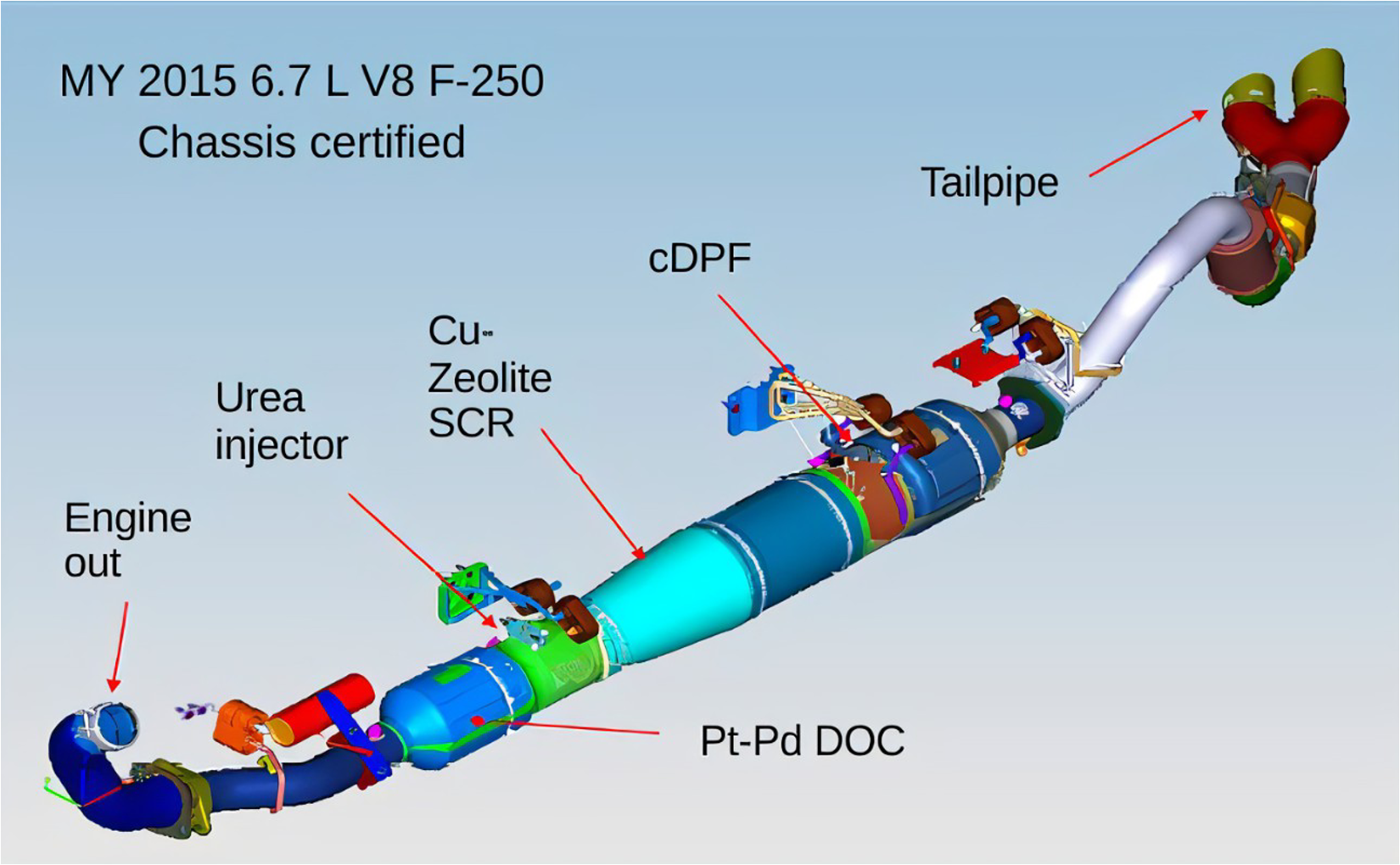
Other Diesel-related OBD Codes Worth Knowing
OBD II Code P2002
P2002 is a soft code showing that the DPF efficiency is below threshold. Because this is a soft code, if the system is able to correct itself the code will automatically clear.
OBD II Code P2459
P2459 is set on diesel vehicles when the PCM detects that the DPF regeneration frequency is not conforming to the OEM’s defined parameters.
OBD II code P2463
P2463 signals DPF restriction – soot accumulation is set when the system detects a full, clogged, or blocked DPF filter by reading higher exhaust back pressure than designed for normal operation.
Still Have Questions?
Not a problem – we can help. Contact our Customer Support team (USA-based, staffed by real humans!) at 800-345-6572 M-F, 8 AM – 5 PM (EST/EDT), or reach out to them on the web via our website. Someone will get back to you right away.

